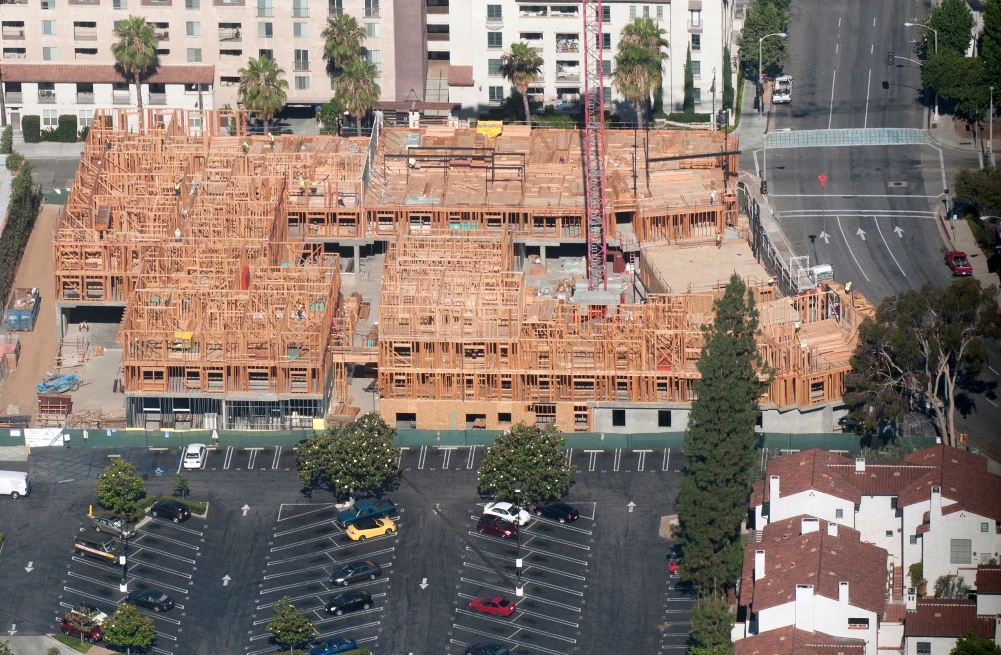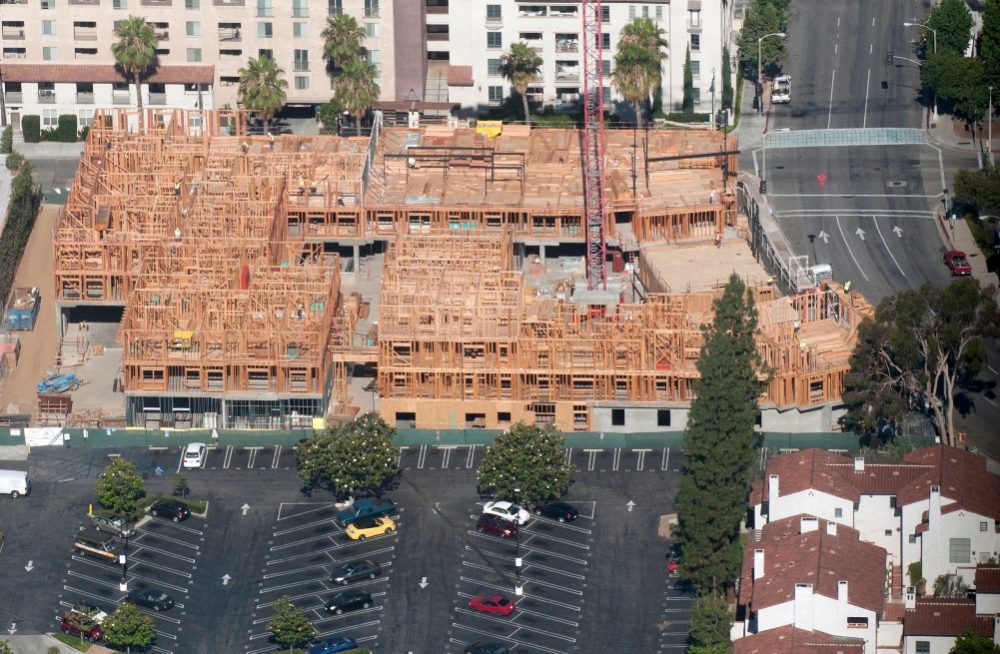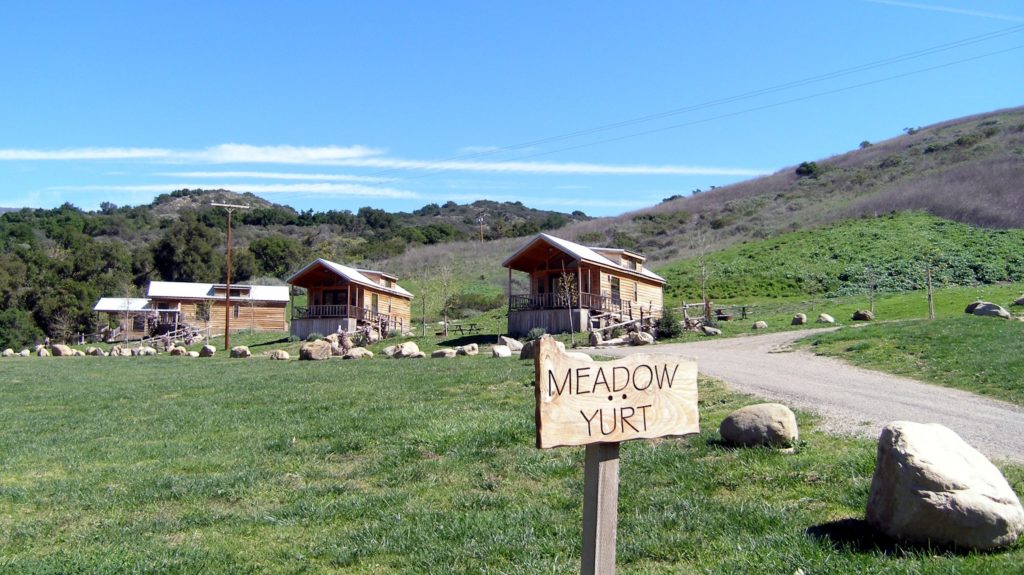
Housing Crisis Act of 2019 (SB 330) offers more questions than answers
By Terry Miller
It comes as no surprise that we here in California are in a major housing crisis. Just take a look at the staggering number of homeless men, women and children on Los Angeles County and local city streets.
SB 330, known as the Housing Crisis Act of 2019 — a bill that aims to speed up housing development and protect low-income housing — recently passed through the California State Legislature.
The bill, also called the “Housing Accountability Act,” was introduced by progressive Sen. Nancy Skinner, D-Berkeley.
The bill places prohibitions on which housing projects can be disapproved by agencies and prohibits the raising of fees on projects after a proposal has been submitted. The bill places a special emphasis on projects aimed at low-income housing and emergency shelters.
According to a press release from Skinner’s office, the senator hopes the bill will usher in faster housing developments in California, which she hopes will help alleviate the housing crisis.
“Our failure to build enough housing has led to the highest rents and home ownership costs in the nation,” Skinner said in the press release. “SB 330 … gives a greenlight to housing that already meets existing zoning and local rules and prevents new rules that might limit housing we so desperately need.”
Lack of supply and rising costs are compounding inequality and limiting advancement opportunities for many Californians.
The majority of California renters, more than 3 million households, pay more than 30 percent of their income toward rent and nearly one-third, more than 1.5 million households, pay more than 50 percent of their income toward rent.
Even the White House has now stepped in in an effort to understand and hopefully help with California’s homeless epidemic.
California has a housing supply and affordability crisis of historic proportions. The consequences of failing to effectively and aggressively confront this crisis are hurting millions of Californians, robbing future generations of the chance to call California home, stifling economic opportunities for workers and businesses, worsening poverty and homelessness, and undermining the State’s environmental and climate objectives.
Last week, Trump sent a research team from his administration to witness the plight of the homeless in Los Angeles. The outcome/synopsis of this trip has yet to be revealed.
California is experiencing a housing supply crisis, with housing demand which far outstrips supply. The lack of housing, including emergency shelters, is a critical problem that threatens the economic, environmental, and social quality of life in California.
In 2018, California ranked 49th out of the 50 states in housing units per capita.
Consequently, existing housing in this state, especially in its largest cities, has become very expensive. Seven of the 10 most expensive real estate markets in the United States are in California. In San Francisco, the median home price is $1.6 million.
California is also experiencing rapid year-over-year rent growth with three cities in the state having had overall rent growth of 10 percent or more year-over-year, and of the 50 United States cities with the highest United States rents, 33 are cities in California.
California needs an estimated 180,000 additional homes annually to keep up with population growth, and the Governor has called for 3.5 million new homes to be built over the next 7 years.
The housing crisis has particularly exacerbated the need for affordable homes at prices below market rates.
The Bill states that the housing crisis harms families across California and has resulted in all of the following:
- Increased poverty and homelessness, especially first-time homelessness.
- Forced lower income residents into crowded and unsafe housing in urban areas.
- Forced families into lower cost new housing in greenfields at the urban-rural interface with longer commute times and a higher exposure to fire hazard.
- Forced public employees, health care providers, teachers, and others, including critical safety personnel, into more affordable housing farther from the communities they serve, which will exacerbate future disaster response challenges in high-cost, high-congestion areas and increase risk to life.
- Driven families out of the state or into communities away from good schools and services, making the ZIP Code where one grew up the largest determinate of later access to opportunities and social mobility, disrupting family life, and increasing health problems due to long commutes that may exceed three hours per day.
The housing crisis has been exacerbated by the additional loss of units due to wildfires in 2017 and 2018, which impacts all regions of the state. The Carr Fire in 2017 alone burned over 1,000 homes, and over 50,000 people have been displaced by the Camp Fire and the Woolsey Fire in 2018. This temporary and permanent displacement has placed additional demand on the housing market and has resulted in fewer housing units available for rent by low-income individuals.
Individuals who lost their housing due to fire or the sale of the property cannot find affordable homes or rental units and are pushed into cars and tents, the bill points out.
Costs for construction of new housing continue to increase. According to the Terner Center for Housing Innovation at the University of California, Berkeley, the cost of building a 100-unit affordable housing project in the state was almost $425,000 per unit in 2016, up from $265,000 per unit in 2000.
Lengthy permitting processes and approval times, fees and costs for parking, and other requirements further exacerbate cost of residential construction.
The housing crisis severely impacts the state’s economy as follows:
- Employers face increasing difficulty in securing and retaining a workforce.
- Schools, universities, nonprofits, and governments have difficulty attracting and retaining teachers, students, and employees, and our schools and critical services are suffering.
- According to analysts at McKinsey and Company, the housing crisis is costing California $140 billion a year in lost economic output.
The housing crisis also harms the environment by doing both of the following:
- Increasing pressure to develop the state’s farmlands, open space, and rural interface areas to build affordable housing, and increasing fire hazards that generate massive greenhouse gas emissions.
- Increasing greenhouse gas emissions from longer commutes to affordable homes far from growing job centers.
Homes, lots, and structures near good jobs, schools, and transportation remain underutilized throughout the state and could be rapidly remodeled or developed to add affordable homes without subsidy where they are needed with state assistance.
Reusing existing infrastructure and developed properties, and building more smaller homes with good access to schools, parks, and services, will provide the most immediate help with the lowest greenhouse gas footprint to state residents.
In light of the foregoing, the Legislature declared a statewide housing emergency, to be in effect until Jan. 1, 2025.
More than half a million people are homeless each night in the United States, a new White House report has found. All told, 47% of all unsheltered homeless people nationwide — meaning those who sleep in areas not meant for habitation, such as sidewalks, parks, cars and abandoned buildings, rather than in shelters — live in the Golden State, according to a new report on homelessness from the White House Council of Economic Advisers.







